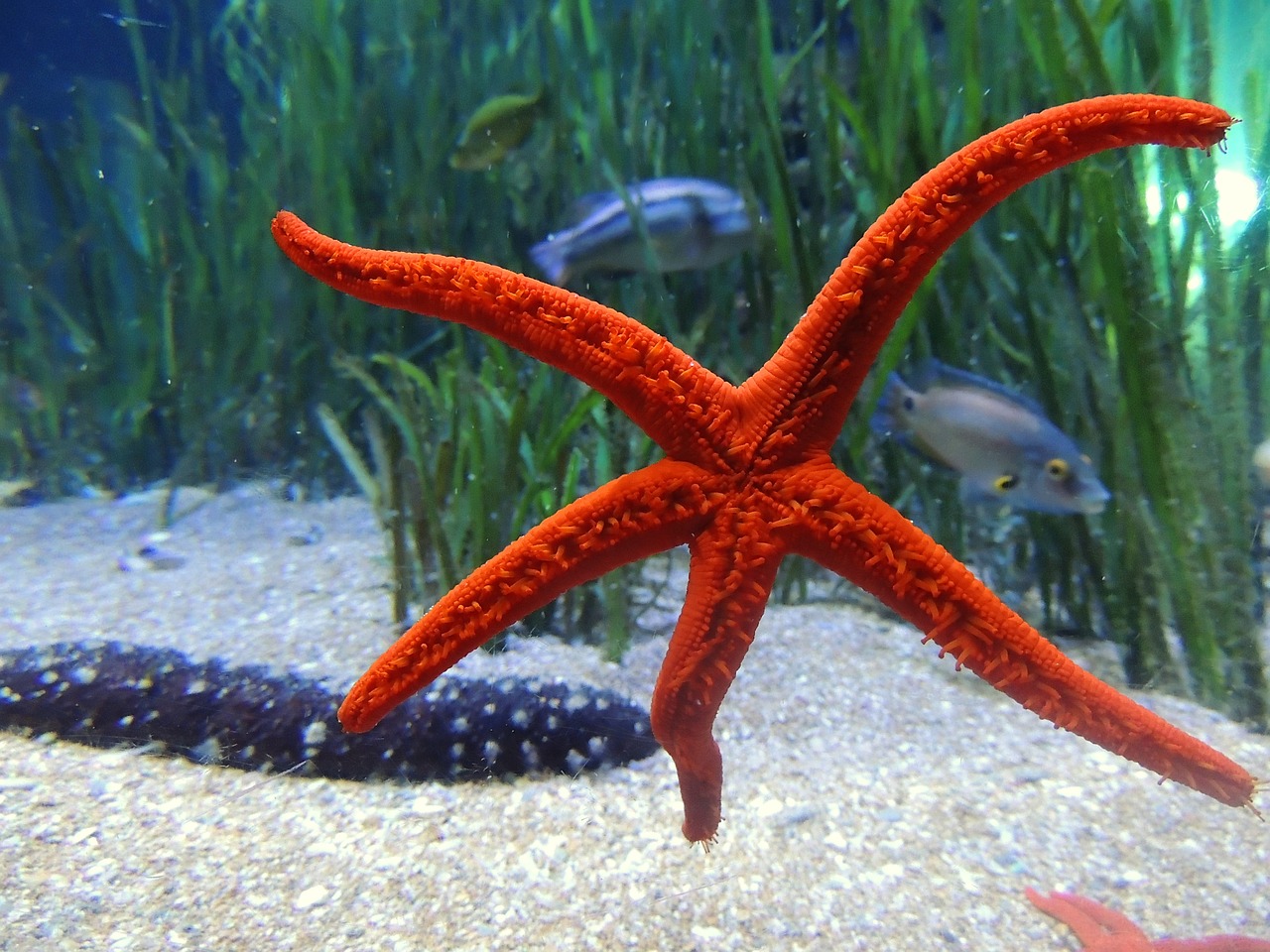
Vocabulary:
- groundbreaking /GROUND-brey-king/
- intriguing /uhn-TREE-guhng/
- exhibit /ig-ZIB-it/
- assumption /uh-SUHMP-shuhn/
- complexity /kuhm-PLEK-si-tee/
[adjective] – if something is groundbreaking, it is very new and a big change from other things of its type
The scientist’s groundbreaking research in renewable energy opened new possibilities for sustainable development and revolutionized the way we harness power.
[adjective] – very interesting because it is unusual or mysterious
The antique shop displayed an intriguing collection of artifacts, each with a unique history that captivated the curiosity of every visitor.
[verb] – to display or show prominently
The artist will exhibit her latest paintings at the gallery, showcasing a blend of vibrant colors and abstract forms to the delight of art enthusiasts.
[noun] – something that you accept as true without question or proof
Making the assumption that success is solely defined by wealth can lead to misguided priorities, neglecting the importance of personal fulfillment and happiness.
[noun] – the state of having many parts and being difficult to understand or find an answer to
The complexity of the scientific experiment puzzled even the seasoned researchers, prompting them to collaborate and unravel the intricacies behind the unexpected results.
Article reading:
Belonging to the echinoderm group alongside sea urchins and sea cucumbers, sea stars exhibit a unique body plan characterized by five equal sections, differing from the bilateral symmetry observed in most animals. To unravel the genetic intricacies of sea stars, the study employed cutting-edge techniques, including microcomputed tomography scanning. This technology allowed scientists to construct a detailed 3D map of genetic expression in sea stars as they developed. The results unveiled the presence of genes associated with head development throughout the body, while genes linked to torsos and tails were notably absent, challenging longstanding assumptions and prompting a reexamination of the evolutionary history of these captivating marine creatures. This newfound understanding not only sheds light on the mysteries of life’s evolution on Earth but also broadens our biological perspective. It raises intriguing questions about the unique body plans of echinoderms and their shared ancestry with other animals. As we uncover the secrets of sea stars, we embark on a journey to explore the complexities of the ocean’s ecosystems and gain insights that may contribute to both ecological and biomedical advancements.
Discussion Questions:
- Have you ever encountered sea stars in your local marine environment or during a visit to an aquarium? If yes, what was your experience observing their behavior and unique body structure? If not, would you be interested in exploring places where sea stars are found, considering the newfound understanding of their intriguing biology?
- Do you have a background in genetics or marine biology, and if yes, does this recent study on sea stars change your perspective on these marine creatures? If not, how does learning about the unique body plan of sea stars impact your view of marine life and biology in general?
- Do you find the revelation that sea stars are essentially walking heads without torsos or tails surprising, given the traditional understanding of their body structure?
- How might the knowledge gained from the study of sea stars contribute to advancements in ecological and biomedical fields? Consider the potential applications of understanding sea star genetics for broader scientific research.
- Reflecting on the challenges faced by scientists in understanding the genetic makeup of sea stars, how might technological advancements in genetic sequencing impact future studies on marine life or other scientific fields? Consider the broader implications of such advancements in scientific research and discovery.
Summarization
Describe:
- gene
- insight
- perspective
- unconventional
- uncover